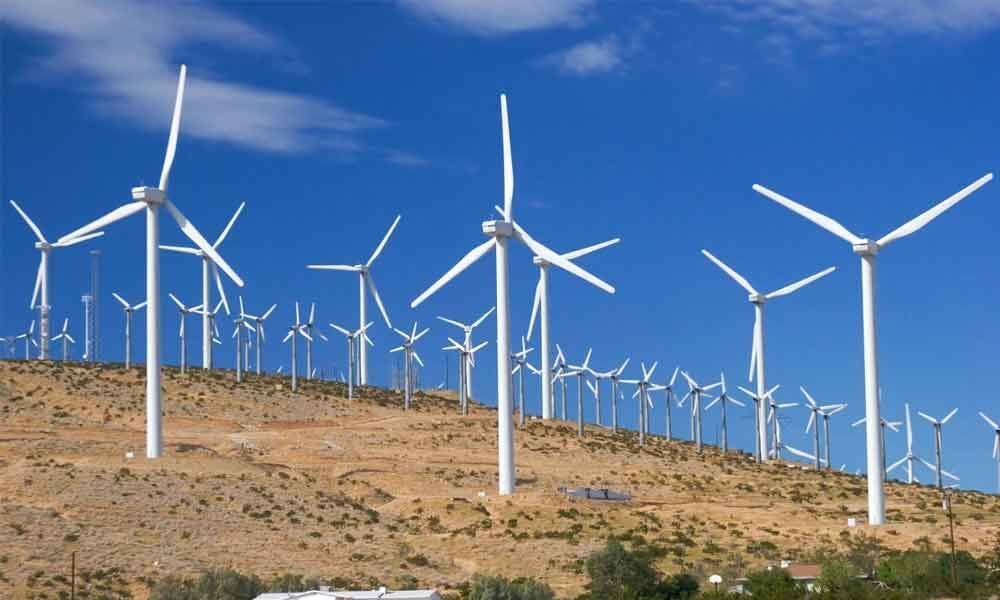Innovative Ways to Generate Electricity

More than 58% of the electricity that ŠKODA used in its operations came from renewable resources.
We all know that the use of electric cars will substantially improve air quality in cities. For this to apply beyond cities, for this involvement of coal-fired power plants should not increase in the production of the electricity essential for electric car batteries.
Study shows that in countries with a higher proportion of renewable energy, advances in electric mobility could fluctuate electricity supply. It is crucial to find a solution for large-scale storage of electricity from renewable sources. Also, find a way to back them up when the sun is not shining, and the wind does not blow. As of now, this is taken care of by nuclear power plants.
The European Commission shows in its latest documents that, in 2050, the European energy mix will consist of 80% of energy from renewable sources and the left 20% of nuclear power plants.
DO YOU KNOW...?
ŠKODA is working successfully to reduce its CO2 emissions generated by production with the help of energy-saving measures and through the purchase and production of energy from renewable resources?
More than 58% of the electricity that ŠKODA used in its operations came from renewable resources. Since 2010, the average energy consumption per car has decreased by 36 per cent.
NORDIC TRAILBLAZERS
Sweden is the most successful country when it comes to the production of energy from renewable resources. The country covers more than half, i.e. 54.5% of its total consumption through renewable resources. The Czech Republic around 15% and depends more on wind farms. Denmark also uses wind farms for the majority of total energy production. Germany stands fourth, after Ireland and Portugal, while the Czech Republic is 14, just ahead of Hungary.
Image credit: ŠKODA Storyboard
Image credit: ŠKODA Storyboard
UNDERWATER GREAT WALL OF CHINA
China is trying to bind the energy of the tides in a movement that, symbolically picks up the country's history. It is planning to build a massive hydroelectric power plant in the form of a 30 km underwater wall facing the ocean equipped with turbines. Initial calculations propose that flowing seawater could produce energy almost on a scale to that generated by three nuclear reactors.
URINE ENERGY
Researchers at the University of Bath in the United Kingdom are exploring the ability of bacteria to convert organic substances such as human or animal urine into electrical energy. The key benefits of the new cells that have developed using this principle include low-cost production and spatial efficiency. Experts call them microbial fuel cells (MFCs) and say that MFCs could be used as "mini power plants" connected to household toilets. This can help to produce energy for homes, including charging electric cars.














